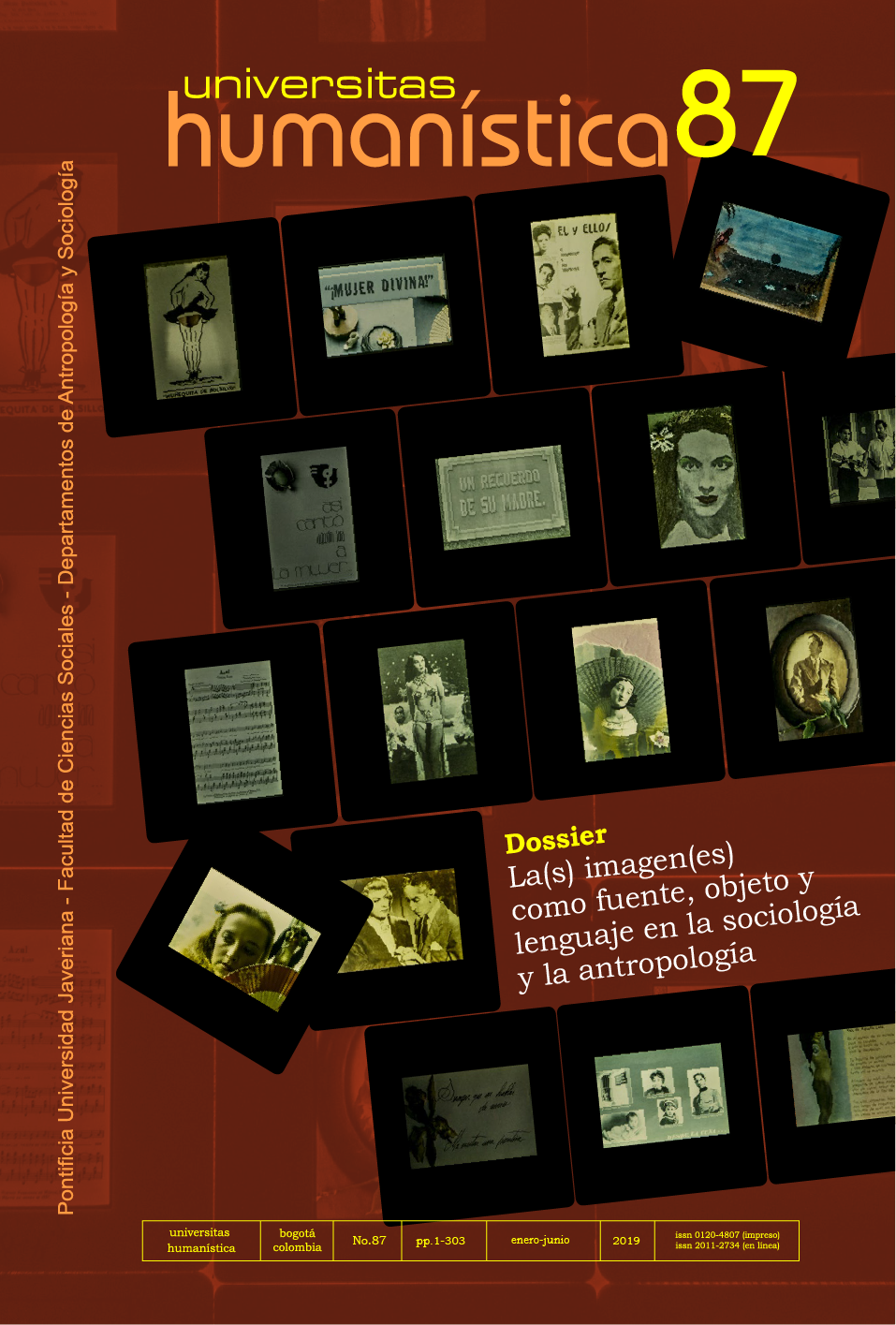Abstract
In 1933, the screening of King Kong caused an extraordinary effect on thousands of viewers, both fascination and terror. Indeed, the success of the film was unprecedented at that time due to the overall quality, the spectacular special effects, and the strongly intense emotional connection felt by the viewers who were captivated by the imaginary and the theme of the film. In this sense, their connection is found in the ambivalent and dialectical interrelation that takes place between this first version of King Kong, the crisis of 1929 -and the fears it stirred- and the American imaginary of the 1930s. But, as will be demonstrated in the article, in the imaginary of the film reality and fiction, truth and lies, security and danger, conscious and subconscious, rationality and emotions all merge, mutually contaminating each other. Thus, it can be concluded that the American imaginary of the 1930s reflects, and reflects not, the financial crisis of 1929, for it represents this crisis, their dreams, fears and hopes, their memories and omissions while overriding the past, reinvigorating the present and the hope for a better tomorrow.

This journal provides immediate open access to its content on the principle that making research freely available to the public, encourages greater global exchange of knowledge.
The journal Universitas Humanística is registered under a Creative Commons Attribution 4.0 International Public License. Thus, this work may be reproduced, distributed, and publicly shared in digital format, as long as the names of the authors and Pontificia Universidad Javeriana are acknowledged. Others are allowed to quote, adapt, transform, auto-archive, republish, and create based on this material, for any purpose (even commercial ones), provided the authorship is duly acknowledged, a link to the original work is provided, and it is specified if changes have been made. Pontificia Universidad Javeriana does not hold the rights of published works and the authors are solely responsible for the contents of their works; they keep the moral, intellectual, privacy, and publicity rights.
Approving the intervention of the work (review, copy-editing, translation, layout) and the following outreach, are granted through an use license and not through an assignment of rights. This means the journal and Pontificia Universidad Javeriana cannot be held responsible for any ethical malpractice by the authors. As a consequence of the protection granted by the use license, the journal is not required to publish recantations or modify information already published, unless the errata stems from the editorial management process. Publishing contents in this journal does not generate royalties for contributors.


